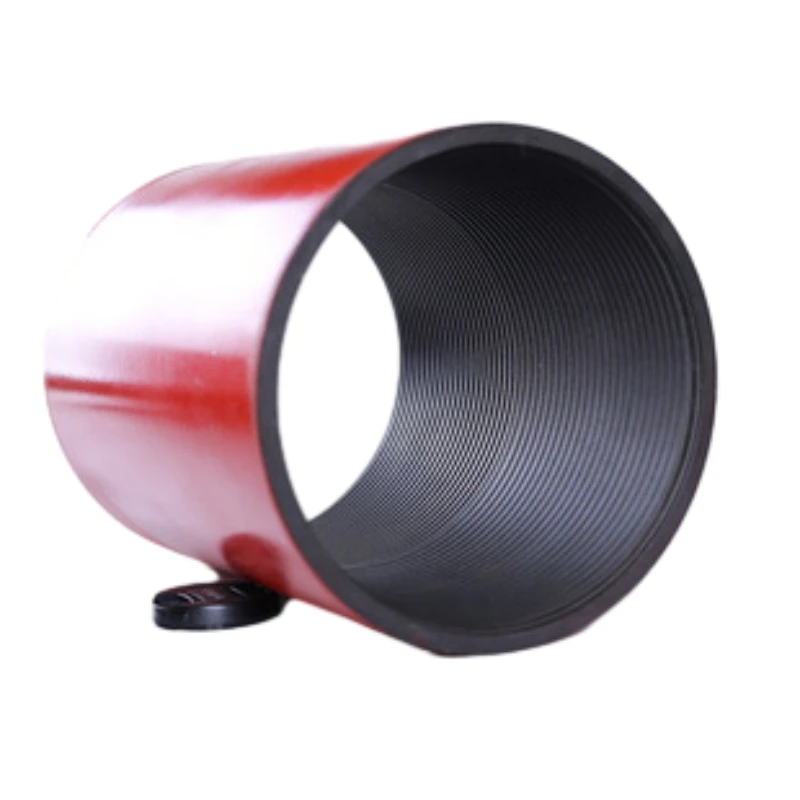- Afrikaans
- Albanian
- Amharic
- Arabic
- Armenian
- Azerbaijani
- Basque
- Belarusian
- Bengali
- Bosnian
- Bulgarian
- Catalan
- Cebuano
- Corsican
- Croatian
- Czech
- Danish
- Dutch
- English
- Esperanto
- Estonian
- Finnish
- French
- Frisian
- Galician
- Georgian
- German
- Greek
- Gujarati
- Haitian Creole
- hausa
- hawaiian
- Hebrew
- Hindi
- Miao
- Hungarian
- Icelandic
- igbo
- Indonesian
- irish
- Italian
- Japanese
- Javanese
- Kannada
- kazakh
- Khmer
- Rwandese
- Korean
- Kurdish
- Kyrgyz
- Lao
- Latin
- Latvian
- Lithuanian
- Luxembourgish
- Macedonian
- Malgashi
- Malay
- Malayalam
- Maltese
- Maori
- Marathi
- Mongolian
- Myanmar
- Nepali
- Norwegian
- Norwegian
- Occitan
- Pashto
- Persian
- Polish
- Portuguese
- Punjabi
- Romanian
- Russian
- Samoan
- Scottish Gaelic
- Serbian
- Sesotho
- Shona
- Sindhi
- Sinhala
- Slovak
- Slovenian
- Somali
- Spanish
- Sundanese
- Swahili
- Swedish
- Tagalog
- Tajik
- Tamil
- Tatar
- Telugu
- Thai
- Turkish
- Turkmen
- Ukrainian
- Urdu
- Uighur
- Uzbek
- Vietnamese
- Welsh
- Bantu
- Yiddish
- Yoruba
- Zulu
Understanding the Key Distinctions Between Casing and Tubing in Oil and Gas Industry
Differences Between Casing and Tubing in Oil and Gas Operations
In the oil and gas industry, understanding the distinctions between casing and tubing is crucial for efficient drilling and production operations. Both elements serve essential roles in maintaining the integrity of a well, yet they perform different functions and are constructed differently.
Differences Between Casing and Tubing in Oil and Gas Operations
On the other hand, tubing is the smaller pipe that runs through the casing and is used to transport oil and gas from the reservoir to the surface. Tubing is an essential part of the production phase, allowing for the efficient flow of hydrocarbons. Unlike casing, which is primarily concerned with well stability and protection, tubing focuses on maximizing the extraction of resources. It is typically installed once the well is ready for production and can be easily removed or replaced depending on maintenance needs.
what are the differences between casing and tubing?

One key difference lies in the materials and specifications of the two components. Casing is made from stronger materials designed to handle high pressures from the surrounding geological formations. Its thickness is greater than that of tubing to ensure it can endure such stresses. Tubing, in contrast, is lighter and designed to carry fluids efficiently, which means it sacrifices some strength for the ease of flow. The sizes of casing and tubing also differ; tubing usually has a smaller diameter than casing, which allows it to fit inside the casing pipe.
Another notable difference is the purpose each component serves during the life cycle of a well. Casing is installed first during the drilling process, setting the stage for subsequent production activities. Once drilling is complete and the well is prepared for production, tubing is installed within the casing to facilitate the extraction of hydrocarbons. This sequence emphasizes the foundational role of casing in well construction, while tubing plays a pivotal role in resource extraction.
In addition, the maintenance and operational considerations for casing and tubing vary. Casing is generally intended for long-term installation and is not frequently accessed once it is set in place. Tubing, however, may require periodic replacement or servicing, especially if issues such as corrosion or blockages occur. Given its operational role, tubing must be monitored closely to ensure optimal production efficiency.
In conclusion, while casing and tubing are both vital elements in oil and gas operations, they serve distinct functions and have different characteristics. Casing provides structural integrity and protection for the well, whereas tubing facilitates the flow of hydrocarbons to the surface. Understanding these differences is essential for professionals in the drilling and production sectors, as effective management of both casing and tubing can significantly influence the success of extraction activities.
-
Tubing Pup Joints: Essential Components for Oil and Gas OperationsNewsJul.10,2025
-
Pup Joints: Essential Components for Reliable Drilling OperationsNewsJul.10,2025
-
Pipe Couplings: Connecting Your World EfficientlyNewsJul.10,2025
-
Mastering Oilfield Operations with Quality Tubing and CasingNewsJul.10,2025
-
High-Quality Casing Couplings for Every NeedNewsJul.10,2025
-
Boost Your Drilling Efficiency with Premium Crossover Tools & Seating NipplesNewsJul.10,2025







